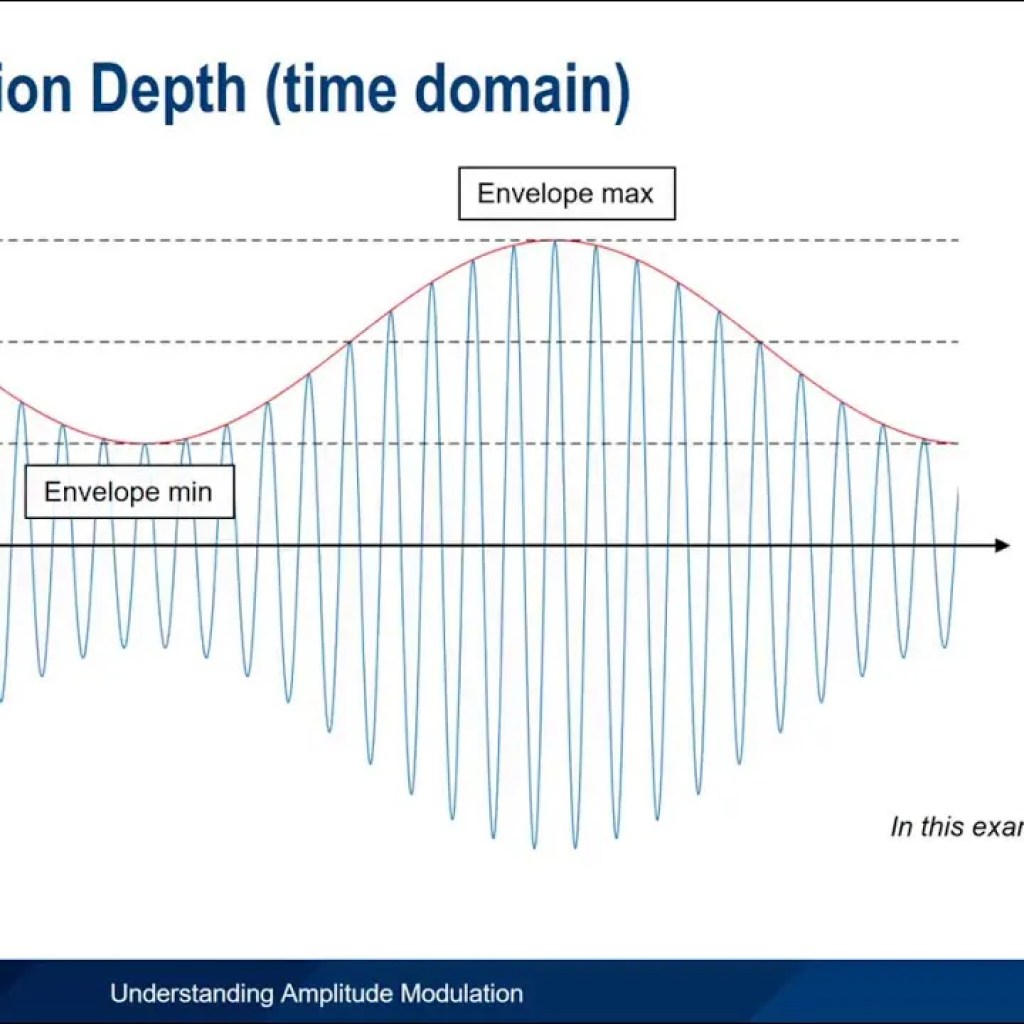Faraday Isolators
Source: Leysop Ltd. Understanding Faraday Isolators in Optical Systems Introduction to Faraday Isolators Faraday isolators are crucial components in optical systems that allow light to pass in one direction while blocking it in the opposite direction. They are based on the Faraday effect, where the polarization direction of light is rotated in the presence of […]








